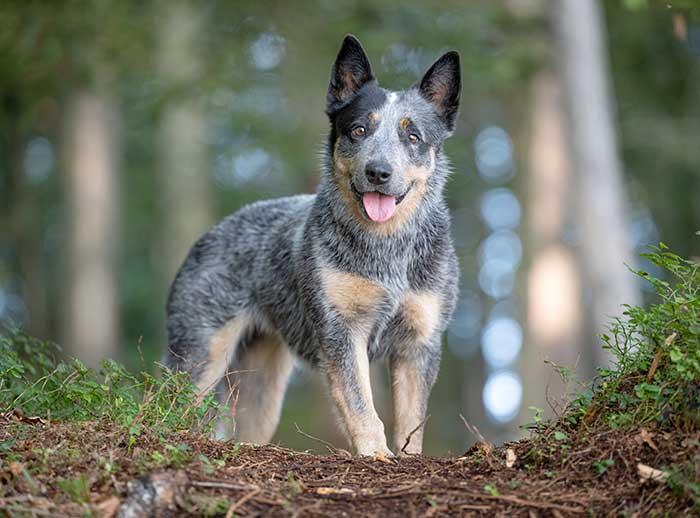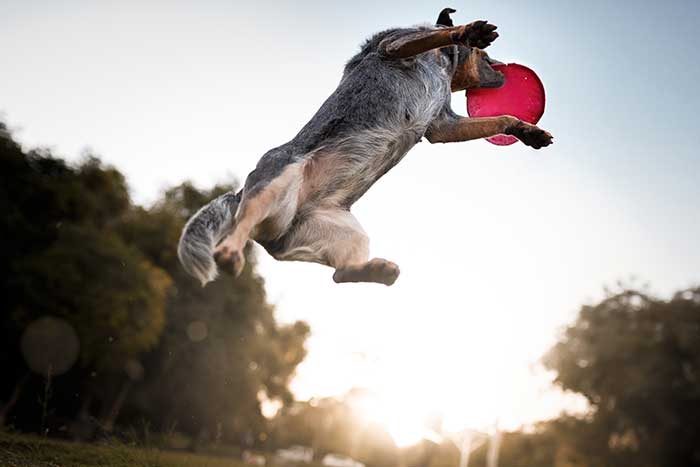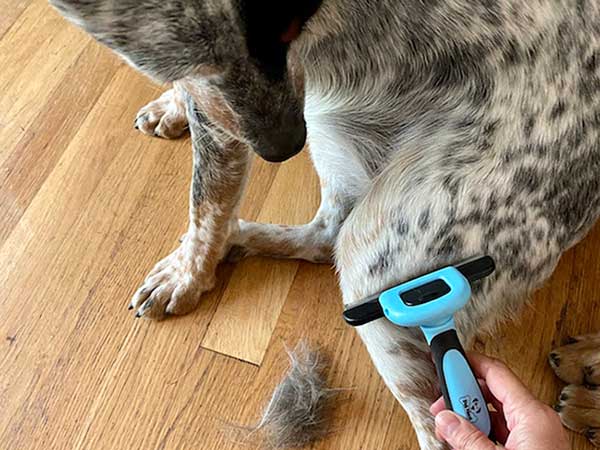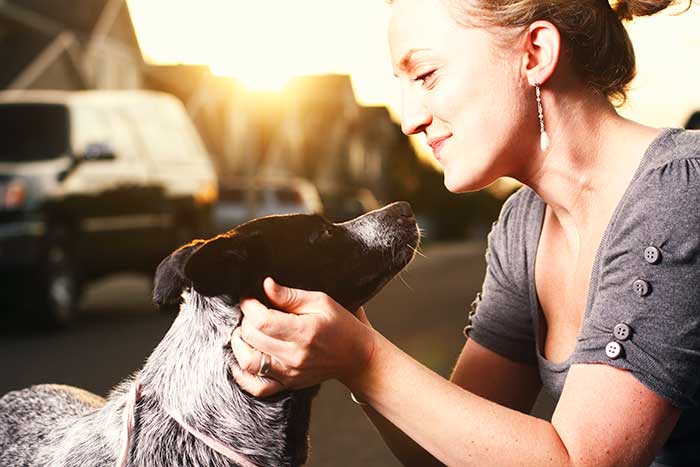The Blue Heeler is an active and intelligent dog breed, so they are very suitable as a family pet. However, Blue Heelers require special care, which presents many owners with difficulty. If you are also one of those owners, you are lucky to have found this article as it will help you know how to care for a Blue Heeler properly.
About Blue Heelers
Blue Heeler and red heeler are two colors permitted for Australian cattle dogs. There isn’t any difference between them other than a coloring variation. In addition, this breed is also known as the Queensland heeler which was bred for herding cattle on farms. Like any other working breed, the Blue heeler works to remain happy.
They love to spend long hours outdoors, chasing livestock, and being close to their owners.

Blue Heelers is a medium-sized dog with a strong and solid body. The muscular legs along with the sturdy neck and pointy ears give the breed a ready-to-work stance.
How to care for a blue heeler dog?
What will a Blue Heeler dog need? and how you have to take care of them so that they can grow best. Here are some tips for you.
1. Provide them with proper and healthy food
The Australian Cattle Dog’s daily menu is highly dependent on their weight as well as their age. Building a diet will help them develop comprehensively and avoid problems related to the digestive tract.
For little Australian Cattle Dogs, you should give them soft food. It is best to give them 4-5 meals a day. Only feed them a sufficient amount to avoid affecting their mobility and health.
Adult Australian cattle dogs can be fed 2-3 times a day. Their diet needs to be full of protein and essential minerals including eggs, milk, broccoli, etc. To avoid turning your Blue Heeler into an overweight dog, you should keep him away from fatty and fast foods.
2. Exercise your Blue Heeler daily
This is an active breed and they need daily exercise. For puppies, you can simply let them play some games like tug-of-war, find the toy, or fetch. Adults Blue Heelers require more exercise, for example, you can run or ride with them. Taking a long hike together is also a good idea. In addition, you can take your dog to play some canine sports including flyball, tribal, and canine agility.

3. Positive reinforcement training
Training an Australian Cattle Dog should begin as soon as possible, preferably when you bring your Blue Heeler home as they are little puppies. This breed is extremely bright, so they can learn new commands quickly. Let’s start with basic commands like “sit”, “come”,”lay down”, and “stay”.
Always remember to reward the dog after each time he follows your commands so they can quickly connect the word with the actions, and are eager to do it the next time.
If you train your dog for herding purposes, then some special commands are needed. These commands include “come by” “away to me” and “look back”.
4. Let your cattle dog expose to other animals and strangers
Early socialization will reduce anxiety and aggressive behaviors toward strangers in the public. Take your four-legged friend often out for walks in the park or on the pavement to give him a chance to get acquainted with various sights, scents, sounds, and people.
Remember to keep your canine on the leash for its safe as well as for others around at least in the first few days you take him out.
5. Provide proper hygiene
Cleaning and brushing the Blue Heeler dog is very easy because they have a coat designed to resist water and dirt. They don’t need to be bathed very often but should be brushed at least twice a week because this short coat does shed a lot, especially in their shedding period.

Blue Heelers are prone to ear wax which makes the dogs itchy and pain when gets worse. Some signs showing your canine friend suffering from ear wax are pawing at ears or whining when you touch their ears. If you see these signs, you should bring them to the vet and have a check.
The dogs’ nails are like humans. They need to be trimmed regularly to ensure the flexibility of the feet. When the dog’s nails tap the floor while walking, it’s time to have some trim job.
6. Giving your canine affection
Blue Heelers love to do tasks with their owners and stay close to their families. You should not leave this breed alone at home for too long, or he will be susceptible to separation anxiety. If you working during the day, find someone who can help you play with your dog while you are away, such as a friend, or relative, or consider hiring a dog sitter.

7. Australian Cattle Dog’s health issues
This breed is generally quite healthy. However, they are more likely to suffer from certain genetic diseases such as progressive retinal atrophy, which can lead to permanent blindness or primary lens luxation. In addition, some Blue Heelers may appear deaf and related orthopedic problems.
Possible musculoskeletal conditions in this breed are slipped kneecaps and hip or elbow dysplasia. These are genetic diseases, so they can be detected early based on the health conditions of the parent dog breed. It is advisable to consult the breeder about the Blue Heeler’s parents before buying.
Related posts:
- How Big Does A Red Heeler Dog Get
- How Much is A Blue Heeler Puppy
- How Fast Can A Blue Heeler Dog Run
- How To Potty Train A Red Heeler Puppy
Reference:
